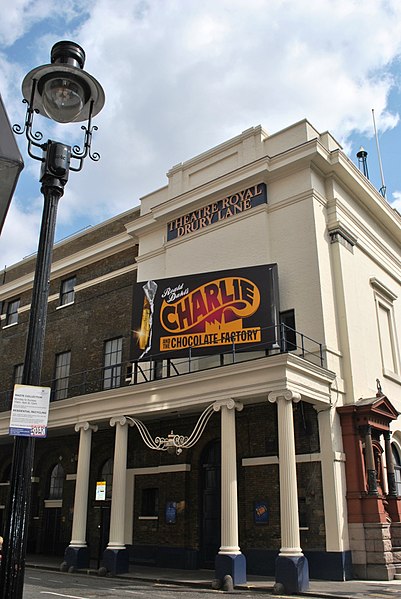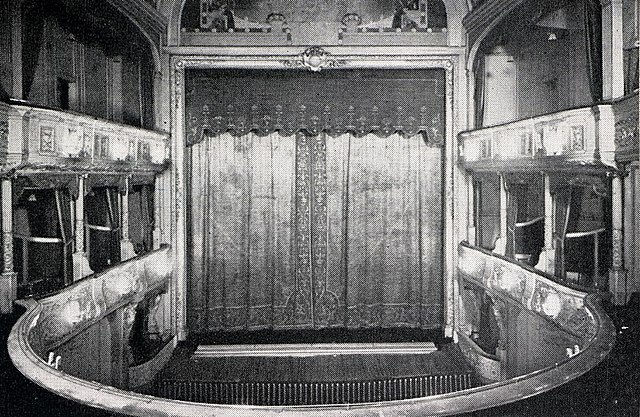An alter ego means an alternate self, which is believed to be distinct from a person's normal or true original personality. Finding one's alter ego will require finding one's other self, one with a different personality. Additionally, the altered states of the ego may themselves be referred to as alterations.
Dr. Jekyll and Mr. Hyde
Fred Terry as the Scarlet Pimpernel (alter ego of Sir Percy Blakeney) in the 1905 West End production of The Scarlet Pimpernel
West End theatre is mainstream professional theatre staged in the large theatres in and near the West End of London. Along with New York City's Broadway theatre, West End theatre represents the highest level of commercial theatre in the English-speaking world. Seeing a West End show is a common tourist activity in London. Famous screen actors, British and international alike, frequently appear on the London stage.
West End theatres on Shaftesbury Avenue in 2016.
The London Palladium in Soho opened in 1910. While the Theatre has a resident show, it also has one-off performances such as concerts. Since 1930 it has hosted the Royal Variety Performance 43 times.
Theatre Royal, Drury Lane. Opened in May 1663, it is the oldest theatre in London.
Original interior of Savoy Theatre in 1881, the year it became the first public building in the world to be lit entirely by electricity.






